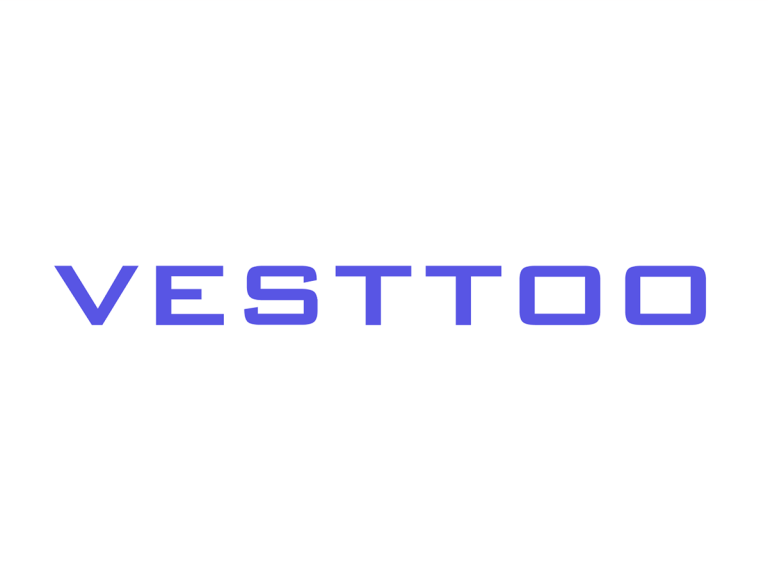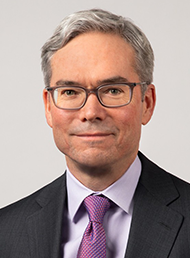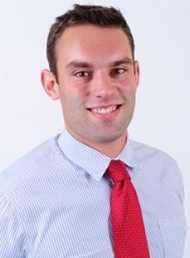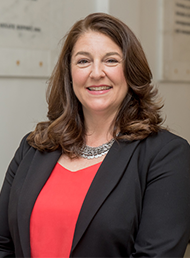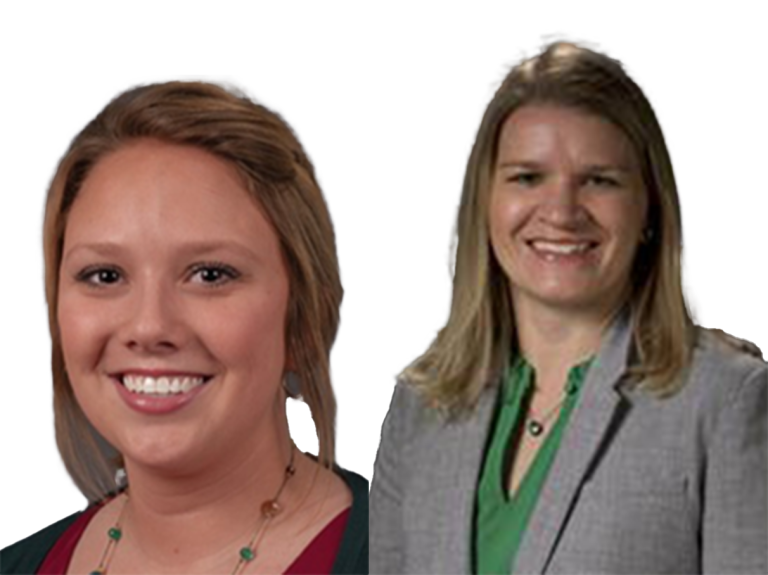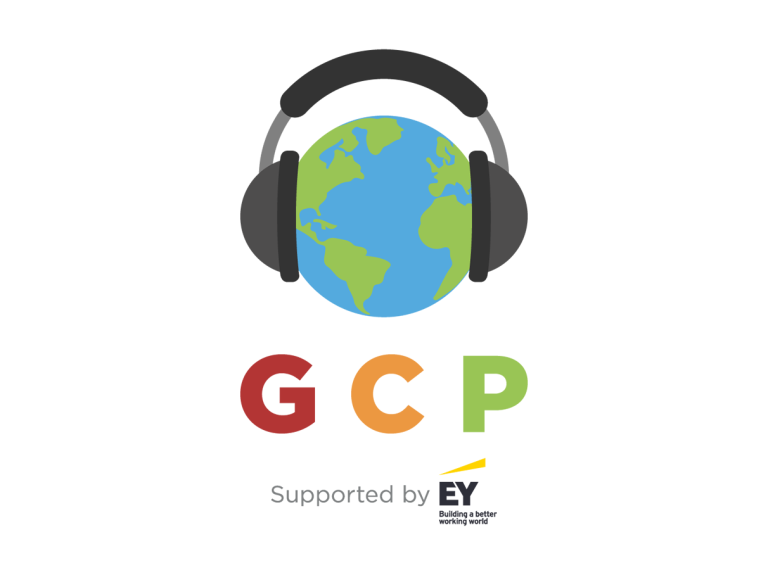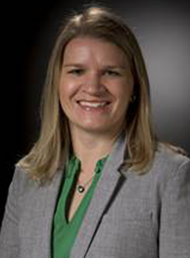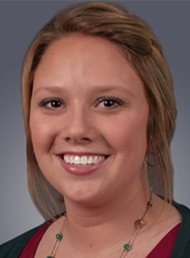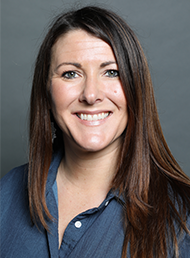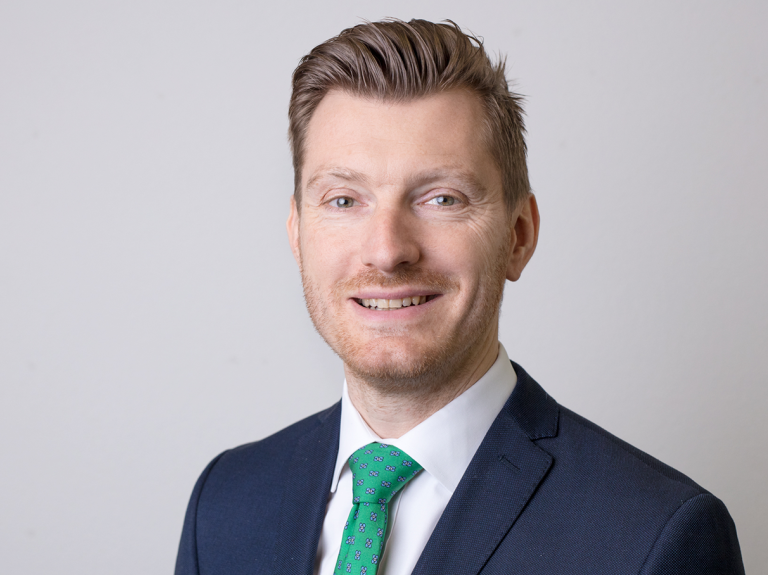John Deere’s Vermont captive has grown significantly in the past four years, both in extended warranty and corporates lines, according to Aileen Krehbiel, manager of captive insurance programs at the manufacturing and agricultural equipment giant.
John Deere Indemnity was originally set up in 2004 to support the group’s extended warranty business, but today also writes lines including casualty, some of the group’s property deductible, product liability, trade credit and accesses the US government’s Terrorism Risk Insurance Program, commonly referred to as TRIA.
Subscribe to the Captive Intelligence newsletter to receive our FREE twice weekly updates with links to news, analysis and podcasts.
Krehbiel moved into her current role overseeing the captive programmes in 2019, where she was tasked with exploring how else the group could utilise the captive.
“In the past four years I’ve been involved, we’ve actually doubled our written premium, we’ve grown our extended warranty portfolio, we’ve added some product liability coverage, property deductible, trade credit,” she said on the Global Captive Podcast.
“This past year we moved our qualified self-insured workers’ compensation programme into the captive, which was a significant undertaking.
“And we’re always looking for new opportunities to just better optimize our risk financing, especially with the hard market conditions and thinking about ways to better utilize our captive.”
The captive plays a key role in the extended warranty programmes Deere offers its customers and Sammi Jones, senior financial analyst at the company, said this puts the captive in a central position within the business.
The extended warranty products are big piece of an enterprise wide initiative which is growing lifecycle solutions and recurring revenue.
“With us managing extended warranty in our captive, we’re really connected directly to this vital company initiative, so we can use our data and our understanding of the programmes to collaborate with the various business teams involved,” Jones said.
“Utilizing our captive to manage these, we’re also able to help streamline on the financial reporting side. We have the data, we understand the data, so we can pull it together to see a full picture of our extended warranty financial performance.”
Krehbiel said getting the structure right for extended warranty is key, while pricing is an area that needs a lot of attention.
Deere has a C corporation warranty company that writes the product as a service contract with the captive then reinsuring some of the risk.
“On average I’d say our extended warranty contract length is around four to five years,” Krehbiel explained.
“So pricing is very important because you don’t understand if you are profitable or not until a ways down the road, so making sure you’re analysing data, understanding what your expected claims will be and that you’re pricing appropriately.
“We are definitely getting quite a bit more involved in data analytics with our programme. It’s just trying to understand the right amount of data that you have and how to analyse it to help with that pricing.”
Heidi Rabtoy, chief examiner at the Vermont Department of Financial Regulation, said for regulators looking at extended warranty, pricing is also key.
“We always are looking at the pricing, how the premium’s getting earned over the warranty period,” she said. “What do the losses look like? Certainly the more historical your programme is, the more information you have to gather, analyse, and then assimilate that into your pricing policies and reserving policies.
“That would be, I would say, the biggest challenge and what we take a look at from a regulatory perspective.”
European step
The captive has grown significantly over the past four years, particularly as it moves into more corporate insurance lines for the group.
There are other projects the Krehbiel is keen to evaluate, however, including international employee benefits, cyber and directors and officers insurance.
“The key area of focus right now for us though is looking at the European captive landscape,” she added.
“We’re actually considering adding a second captive over in Europe to support our extended warranty business. So that’s taken quite a bit of time for our captive team at Deere.”


